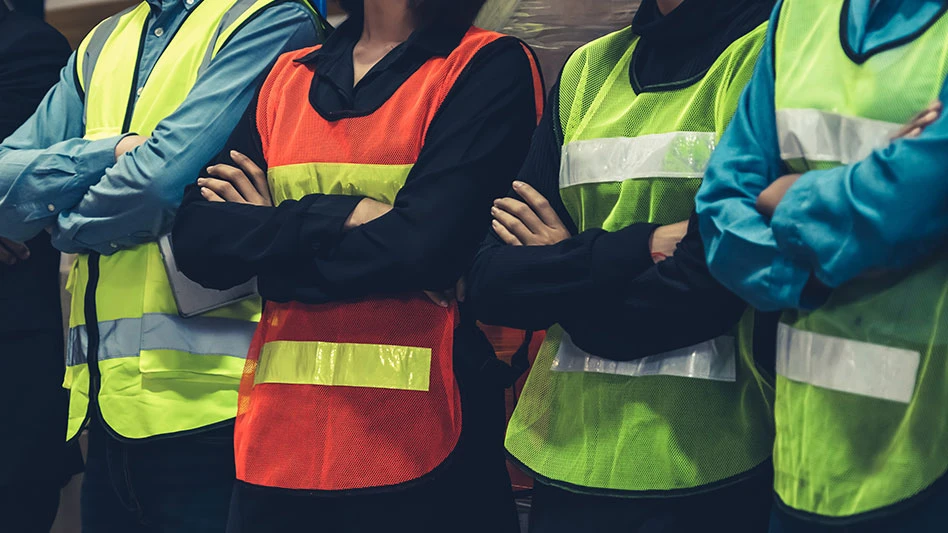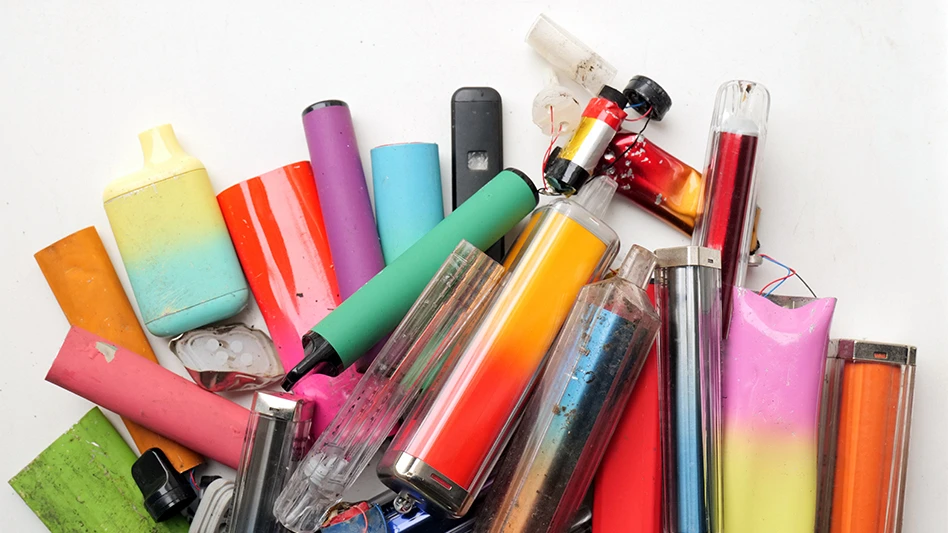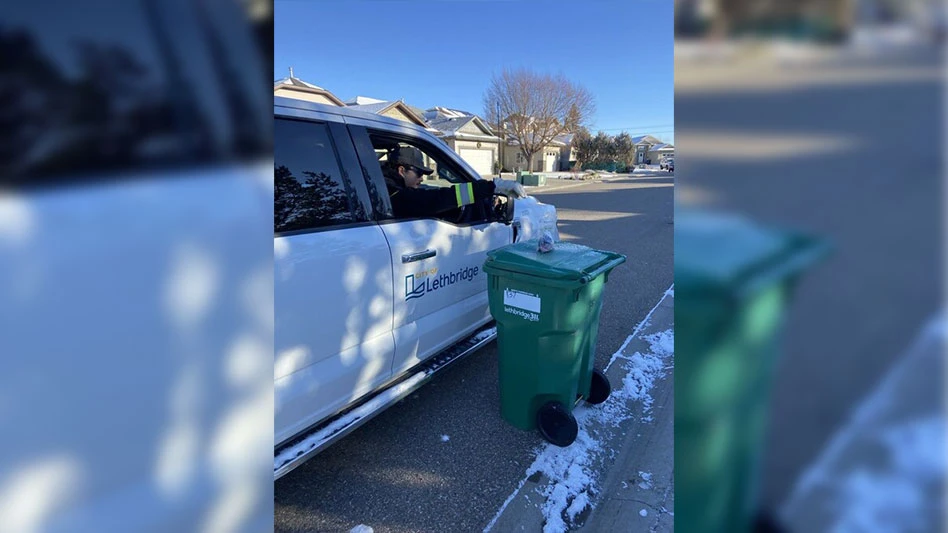
Photo courtesy of Pandora
Jewelry brand Pandora, headquartered in Copenhagen, Denmark, says it now is exclusively sourcing recycled silver and gold for its products, avoiding significant greenhouse gas emissions associated with mining. In 2023, 97 percent of the silver and gold sourced for Pandora's jewelry was recycled.
The carbon footprint of recycled silver is one-third that of mined silver, while recycling gold emits less than 1 percent of the carbon emissions of mining. By sourcing recycled metals, Pandora avoids around 58,000 tons CO2 per year, similar to the annual electricity use of 11,000 homes or driving 6,000 cars around the world, the company says.
“Precious metals can be recycled forever without any loss of quality,” CEO Alexander Lacik says. “Silver originally mined centuries ago is just as good as new, and improved recycling can significantly reduce the climate footprint of the jewelry industry.”
Pandora says silver and gold are the most used precious metals in its jewelry. In 2020, Pandora set a target to source 100 percent recycled silver and gold by 2025, and reached this milestone earlier than expected by the end of 2023. The company says it was able to do so because of strong commitments from its suppliers.
According to the London-based Responsible Jewellery Council Chain of Custody, one of the strictest sustainability standards in the jewelry and watch industry, all suppliers to Pandora have had to switch their operations to source only materials that are certified recycled. For many, this has involved introducing new processes and equipment to ensure segregation of mined and recycled metals across the entire supply chain, including sorting, melting and manufacturing. More than 100 Pandora employees have been involved in the transition work, the company says.
Pandora expects it will craft all new jewelry with 100 percent recycled silver and gold from the second half of 2024, allowing time for the depletion of existing inventory of metals.
According to the company, less than 20 percent of the world’s silver supply comes from recycled sources, typically from discarded electronics, old jewelry, silverware, manufacturing scrap and other industrial scrap.
Latest from Recycling Today
- China to introduce steel export quotas
- Thyssenkrupp idles capacity in Europe
- Phoenix Technologies closes Ohio rPET facility
- EPA selects 2 governments in Pennsylvania to receive recycling, waste grants
- NWRA Florida Chapter announces 2025 Legislative Champion Awards
- Goldman Sachs Research: Copper prices to decline in 2026
- Tomra opens London RVM showroom
- Ball Corp. makes European investment





